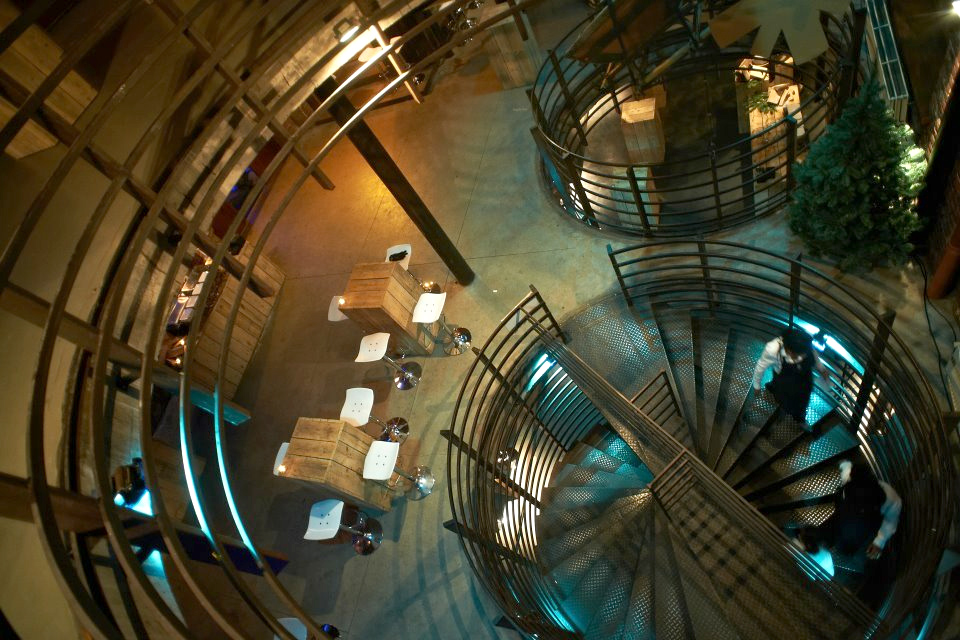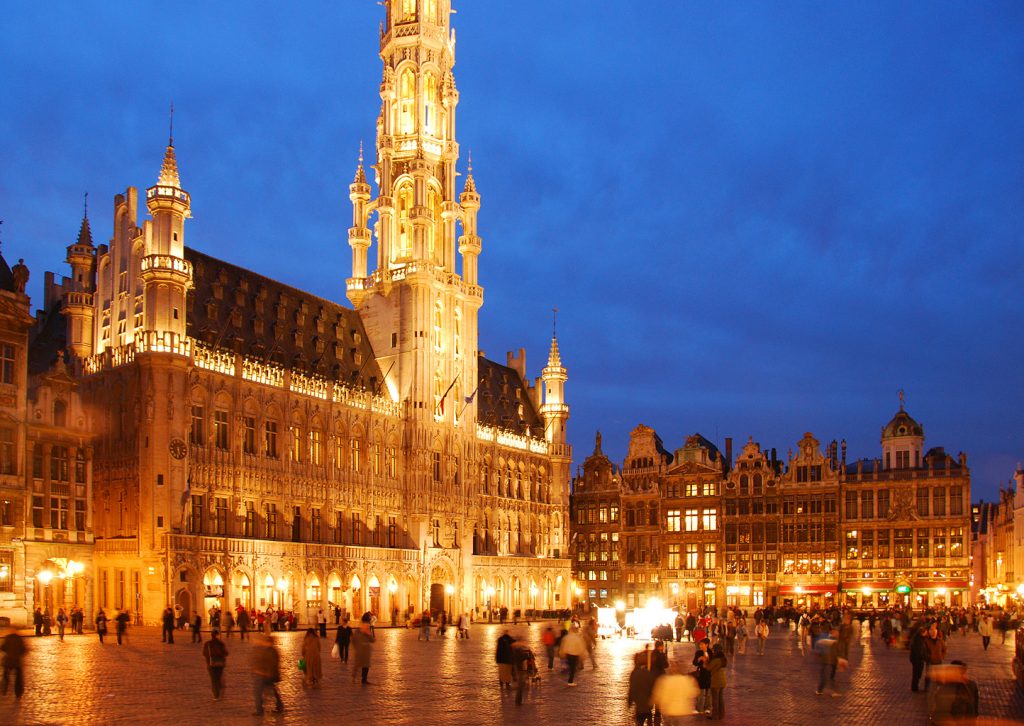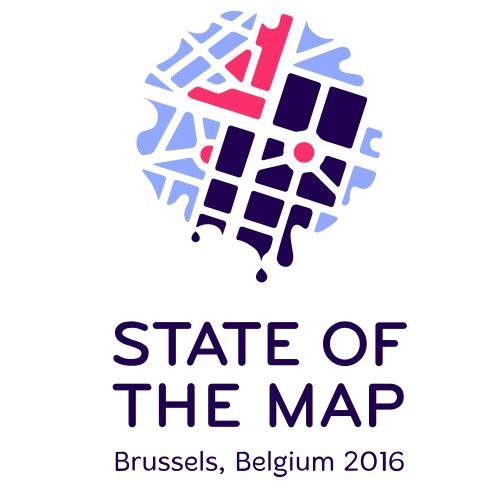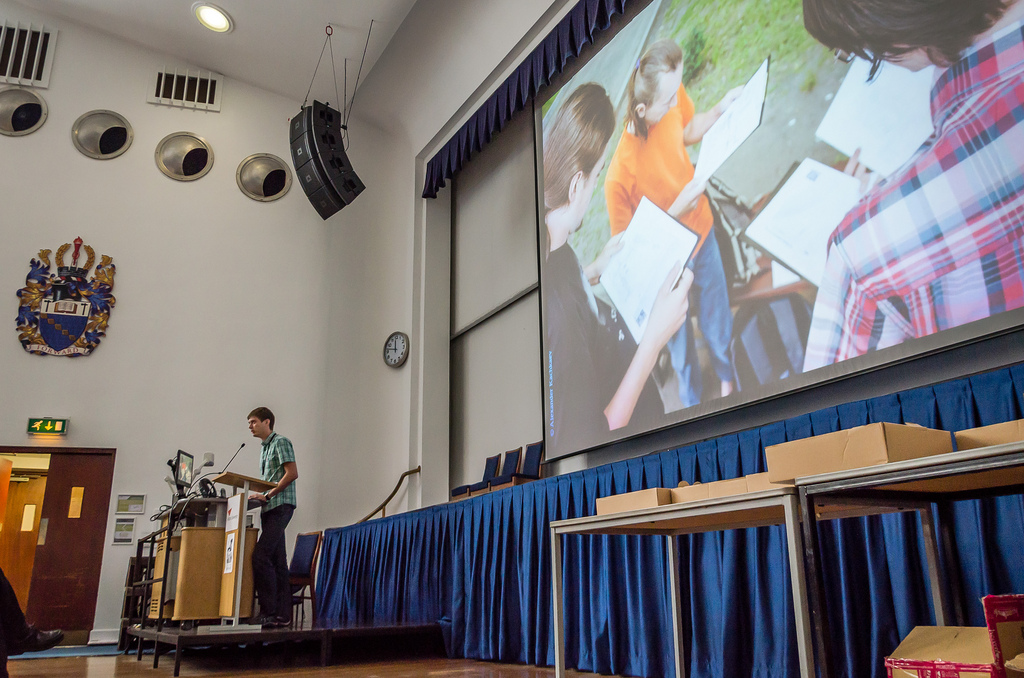As if your 8am to 6pm State of the Map schedule was not social enough, we are packing your Saturday night with an officially sponsored State of the Map social event. And it will definitely be an event worth remembering as we convene both in silo and in style at the Brussels Event Brewery. Named after the huge tanks (‘silos’) of the former brewery, this multi functional industrial area will be home base for Belgian beers (aka drink), Belgian food (aka frites) and maybe a Belgian waffle or two.
Come join us after the social presentations close on Saturday, September 24th for the official State of the Map 2016 social event! The details for your fast recall:
- Where: Brussels Event Brewery SILO room
- Where 2.0: Rue Delaunoystraat 58 B/1 | B-1080
- When: From 7:00 pm
- What: Free Beer, food, wine and water
- Who: Free of charge for anyone registered for State of the Map
- Why: Because there will be a lot of mapping to talk about








